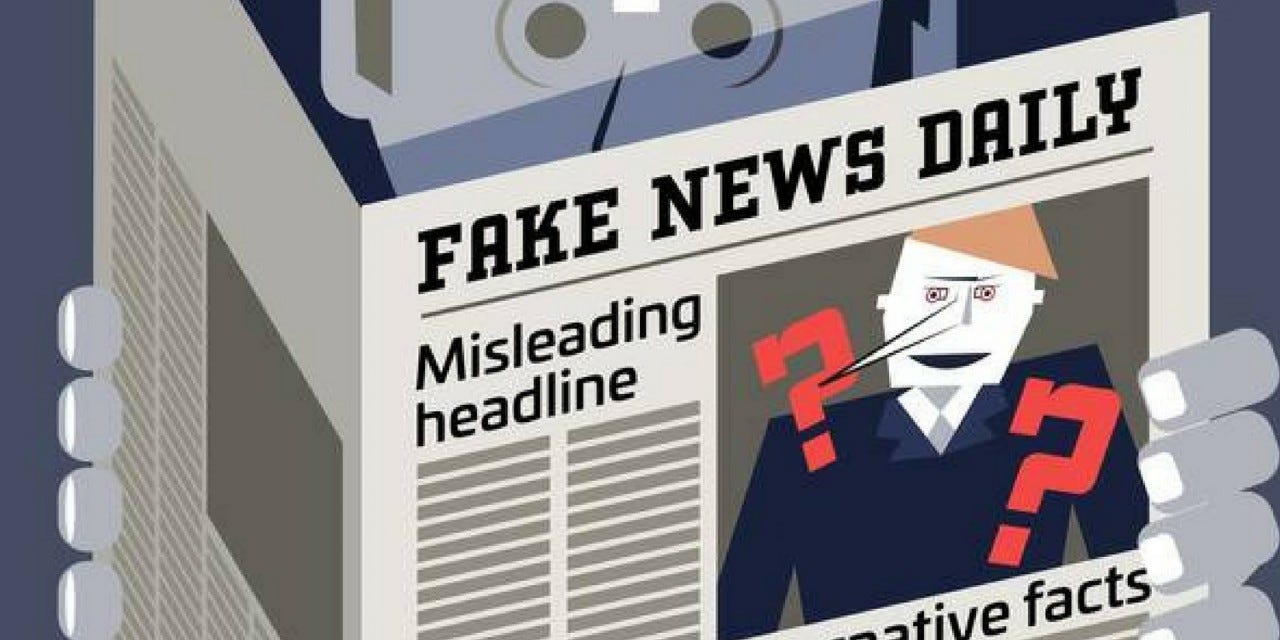
A quick thought in reaction to a great CJR article about the lack of trust in newsrooms.
This article is an acknowledgement that there are real problems of faith/trust inside newsrooms. In acknowledging internal problems the article also nods to the notion that the crisis of trust from the public towards journalism is just as legitimate.
I’d argue the crisis inside newsrooms and the lack of trust from readers — are both symptoms of the same problem. Two sides of the same coin.
“The roots of staff dissatisfaction arise from well-justified existential worry: Media executives and newsroom managers have, in the last few years, responded to industry pressures with decisions that have ended up deeply harming — or ending — journalists’ livelihoods or sense of humanity in their work.”
ooof!
That last part is key. This is where “fake news” comes in. This article suggests that in response to external crisis managers made decisions that had editorial consequences for the work journalists created. Their work was stripped of “humanity.” It was turned into cookie-cutter work, built via assembly lines.
“The basic problem: The intensifying economic pressures on the media industry have caused executives to ping-pong among bright, new ideas — Branded content! Pivot to video! Newsletters! — with hopes that the latest strategy will be the messianic answer to the media industry’s ills. (Spoiler: none of them are, nor can be.) The head-swirling shifts in strategy — paired, usually, with restructuring and layoffs — have created deep rifts between reporters and newspaper management, a mutual wariness that’s appearing across the industry as unprecedented mistrust.
I don’t blame reporters for feeling whiplash from all these changes. They start to realize that they are making content a certain way not because they believe in it, but because it fit external platforms built by tech companies that have different values (See: The Dharma of Facebook).
If reporters feel this, I have to ask the question — shouldn’t we assume readers do too! They’ve probably felt it just as long and just as intensely. We underestimate them if we think they’re too naive to notice the shifts.
This is why the phrase “fake news” is popular on both sides of the isle. It resonates with everyone, even if it’s weaponized in different ways.
Everyone can feel the lack of humanity in the content. They can sense its cookie cutter and assembly line nature. They notice the ideological framing is put in not necessarily because news organizations believe it to be the truth, but because they believe it will get them more shares on Facebook.
Readers are smart. They’ve picked up on this. But they don’t know all the business model pressures or justifications. They know the “what” but not the “why” — so they can only describe the “what.” What they see is artifice. It is fake. It is “fake news.”
The way the phrase has been weaponized is something else. But the reason the phrase can be weaponized is because there is a sense of truth behind it.
“Fake News” is the inarticulate echo of a real problem. It’s a problem we have created. We need to take ownership of it.
p.s. See “When Truth and Fact Collide”